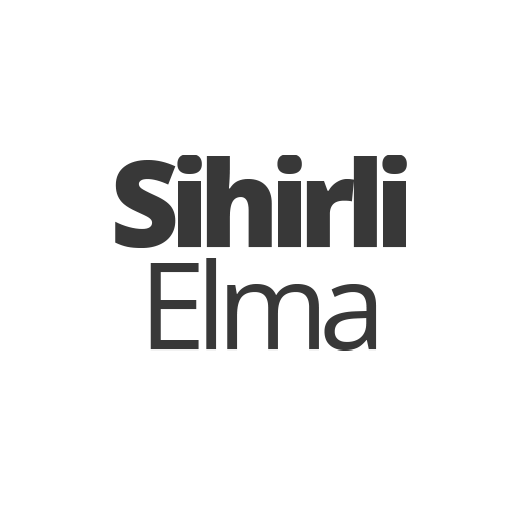Quantum rod (QR) structures are attracting attention as a key candidate for next-generation display technologies. Data shared at the SID-MEC conference in Germany, thanks to advances made in research laboratories, opens the door to more efficient, brighter, and more vibrant displays that go beyond QLED panels. This technology promises to lead to brighter, more color-accurate, and significantly more efficient television panels.
Quantum Rod Technology is Coming
Jan Niehaus, a researcher at Fraunhofer IAP-CAN, presented one of the most comprehensive updates to these nanomaterials, which have been studied for years. The key difference with Quantum Rods is that, unlike the spherical quantum dots on which current QLED panels are based, they are directional.

This directional structure allows for much more efficient light management, allowing displays to achieve the same brightness with lower power consumption. This represents a significant advantage, especially for manufacturers looking to reduce energy consumption while maintaining high HDR levels.
While the research is still in its early stages, the results are promising. Scientists have successfully deposited a full layer of quantum rods onto a test surface and observed that the material maintains its stability under high temperatures. Niehaus states that the fundamental feasibility has now been confirmed.
It is not yet clear where QR technology will fit into the current display ecosystem. Initially, it is expected to be integrated into current QLED LCD panels as an additional efficiency layer.
However, the main interest is focused on fully self-emitting quantum dot displays. In these future panel types, referred to by various companies as QLED, EL-QD, QED, or QE, aligned quantum rod structures could set a new threshold by producing significantly more light per watt.
Today, quantum rod structures are still being evaluated at the laboratory scale. If the technology matures, future televisions could become much brighter, more color-rich, and significantly more energy-efficient. It is also questionable whether these structures will eventually be adopted for smartphone displays.













